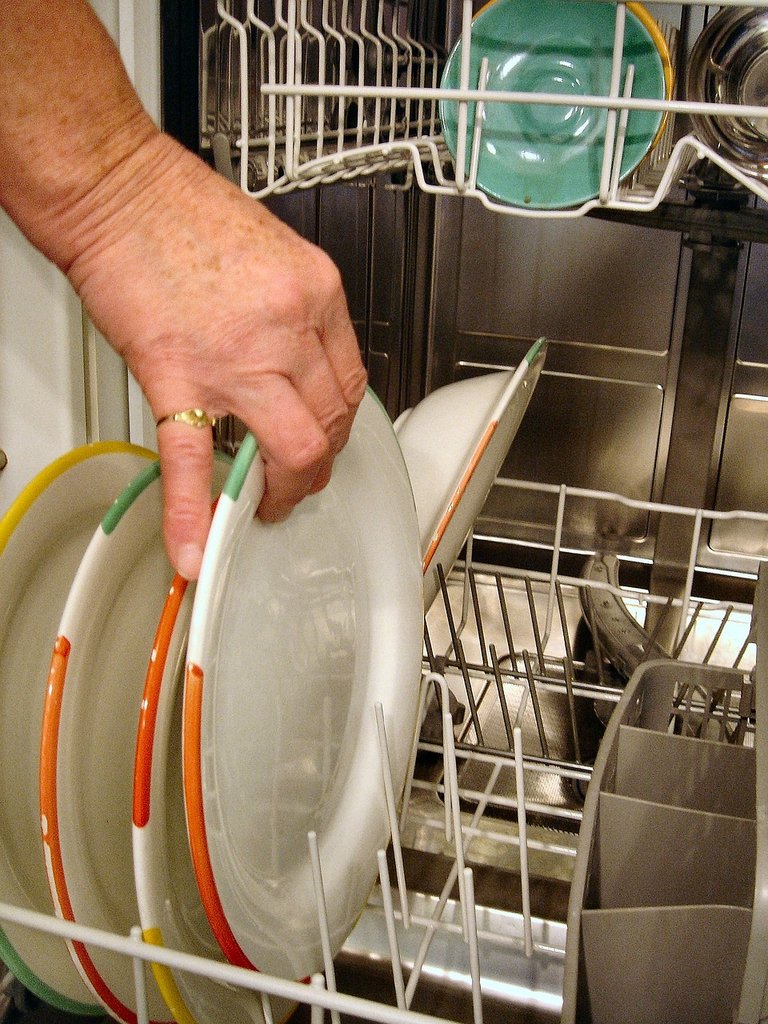Your Cart is Empty
FREE Worldwide Shipping! | +1 365 654 6605
FREE Worldwide Shipping! | +1 365 654 6605
October 16, 2023 7 min read

Blenders are essential kitchen appliances that make our lives easier when it comes to preparing smoothies, soups, sauces, and more. However, cleaning blenders can be a daunting task. Many people wonder if blenders are dishwasher safe and how to clean them properly. In this comprehensive guide, we will explore the topic of blender cleaning and maintenance, answering common questions and providing helpful tips. Before diving into the specifics of cleaning blenders, it's important to understand the concept of dishwasher safety for these appliances. While some blender parts are dishwasher safe, others should be cleaned by hand to ensure their longevity and functionality. When it comes to cleaning blenders, it is crucial to read and follow the manufacturer's instructions. Every blender brand and model may have different specifications for dishwasher safety. The manufacturer's guidelines will provide you with the most accurate information on which parts can be safely washed in the dishwasher. In general, the container or jar that you blend into is usually dishwasher safe. Blender jars are typically made of durable plastic or glass that can withstand the heat and sprays in a dishwasher. Manufacturers often recommend placing the blender jar on the top rack of the dishwasher for optimal cleaning. Gaskets and seals, which are the rubber parts that create a tight seal between the blender jar and the base, are also usually dishwasher safe. However, some people prefer to hand wash these parts to prevent wear and tear caused by hot water and the drying cycle of the dishwasher. Non-electric attachments, such as additional blending cups or lids, are typically safe to put in the dishwasher. These attachments often come with immersion blenders or hand blenders. Certain blender parts should never be put in the dishwasher to avoid damage or deterioration. The blender base, which contains the motor and electrical components, should never be submerged in water or put in the dishwasher. Water and soap can severely damage the electrical components and render the blender useless. Blender blades can sometimes be dishwasher safe, depending on the brand and model. However, it is generally advised to hand wash the blades to prevent dulling over time. Even if the blades are dishwasher safe, the hot water in the dishwasher can gradually decrease their sharpness and reduce their lifespan. Electric attachments, such as additional motors or control systems, should never be placed in the dishwasher. These attachments contain electrical components that can be damaged by water and soap. Handwashing your blender is often the best way to ensure thorough cleaning and preserve the longevity of its parts. By following a step-by-step guide and implementing some helpful tips, you can effectively clean your blender by hand. For those who prefer using the dishwasher to clean their blender, it is essential to understand the proper placement and precautions to ensure effective cleaning without damaging any components. When placing blender parts in the dishwasher, it is recommended to use the top rack for optimal cleaning and protection. The bottom rack of the dishwasher is typically closer to the heating element, resulting in hotter water temperatures. Placing blender parts on the top rack reduces the risk of heat-related damage, such as glass jars shattering or rubber gaskets melting. Regular cleaning is essential for maintaining a clean and functional blender. However, over time, blender parts may accumulate stubborn stains, odors, or residue that require a more thorough cleaning process. If your blender has persistent stains or odors, there are several methods you can try to deep clean it: The blender base, which contains the motor and control system, should never be submerged in water or put in the dishwasher. To clean the base, follow these steps: To ensure the proper cleaning and maintenance of your blender, follow these do's and don'ts: Properly cleaning and maintaining your blender is essential for its longevity and functionality. While some blender parts are dishwasher safe, it is crucial to read the manufacturer's instructions and follow their recommendations. Handwashing your blender is often the safest and most effective method, ensuring a thorough clean while preserving the integrity of the parts. Remember to separate blender parts, such as the jar, lids, and blades, when cleaning by hand or using the dishwasher. Follow safety precautions, such as allowing hot foods to cool and opening the lid away from your face. Regularly inspect the blender's cord for any damage, and avoid running the motor for extended periods when blending thick or heavy foods. By following these guidelines and incorporating proper cleaning and maintenance habits, you can enjoy a clean and well-functioning blender for years to come. Take the time to care for your blender, and it will continue to serve you and your culinary creations effortlessly.Understanding Dishwasher Safety for Blenders
The Importance of Reading Manufacturer Instructions
Blender Parts That Are Dishwasher Safe
Blender Parts That Should Not Be Put in the Dishwasher
Cleaning Your Blender by Hand
Step-by-Step Guide to Handwashing Your Blender
Tips for Effective Handwashing
Using the Dishwasher to Clean Your Blender
Understanding Dishwasher Placement
Precautions When Using the Dishwasher
Deep Cleaning Your Blender
Removing Stubborn Stains and Odors
Cleaning the Blender Base
Blender Cleaning Do's and Don'ts
Safety Precautions
Tips for Proper Blender Maintenance
Conclusion
References
Be the first to know about upcoming sales and promos. Get a 10% discount coupon when you subscribe!